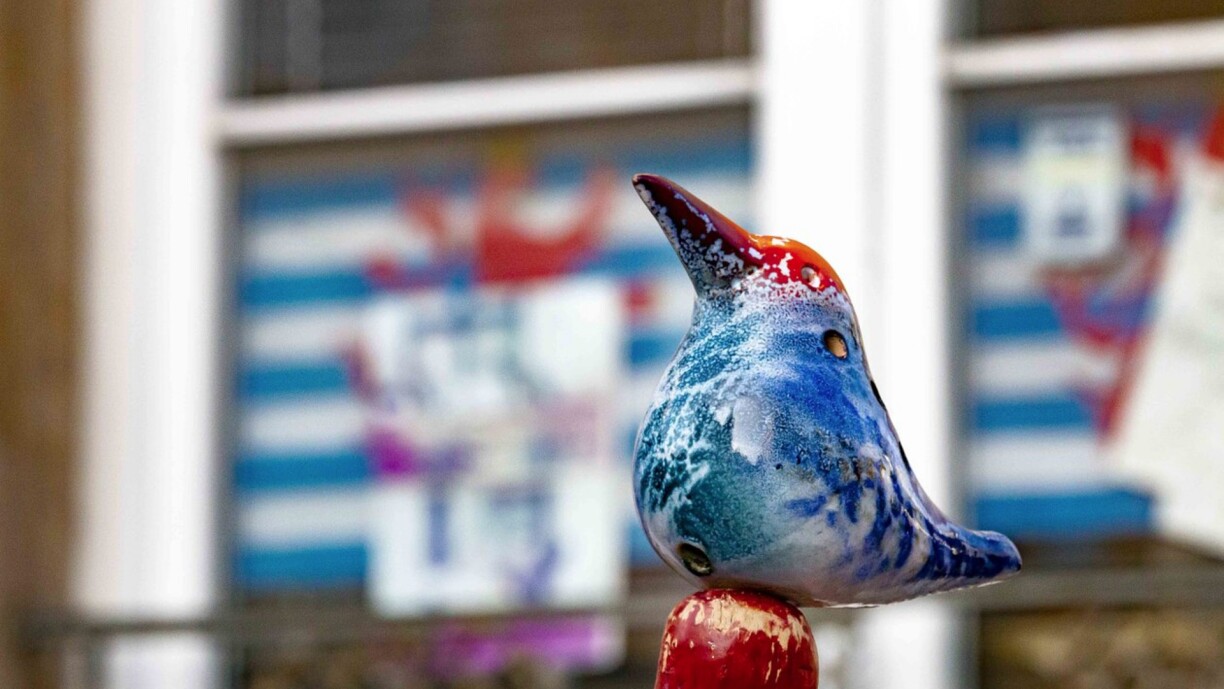
Luxembourg has many traditions, but have you ever heard of Emaischen?
Every year on Easter Monday, potters from all around the country come to the capital city to sell their traditional ‘Péckvillecher’ for the Emaischen. The Péckvillercher are little earthenware whistles shaped like birds, traditionally exchanged between lovers and now shared more generally.
The origins of this celebration go back to the 1800s. After the traditional mass on Easter Monday potters organised a little market where they sold pots and vases but also the Péckvillercher.
The first historical recording of the name Emaischen was on the 3rd April 1827. A police commissioner had asked the city to move the market to the main square as it had outgrown the space in front of the church.
Ever since 1957, the Emaischen also takes place in Nospelt, a small village near Capellen. Historically a lot of the potters who sold their ceramics originated from this neighbourhood.
During Easter weekend the village hosts a very special festival, which combines various musical attractions in the middle of a colourful open market in which visitors can find their favorite Péckvillercher along with local specialty food.
Their traditional ‘Emaischen Bal’ consistently draws large crowds.
Emaischen is a diminutive form of Emmaus, thus revealing the tradition’s biblical origins. It refers to the biblical story of Emmaus in the Gospel of Luke, describing two men who see Jesus resurrected in the town of Emmaus and regain instantly hope. The relation between this religious heritage and the arts and crafts comes from the city of Nospelt’s historical reputation as a town of potters.
Watch an video from an Emaischen market in 1950s here.
While the Emaischen is a Luxembourgish event, the Péckvillecher are sold all around the world. They are especially popular in Asia and South America. The Luxembourgish quirk is that they are only sold once a year on Easter Monday.
While the birds come in all colours, shapes and sizes, some of the birds that are sold are unique to that year’s edition. Collectors show up early in the morning to grab the very special ones.
Find out more at: emaischen.lu and vdl.lu